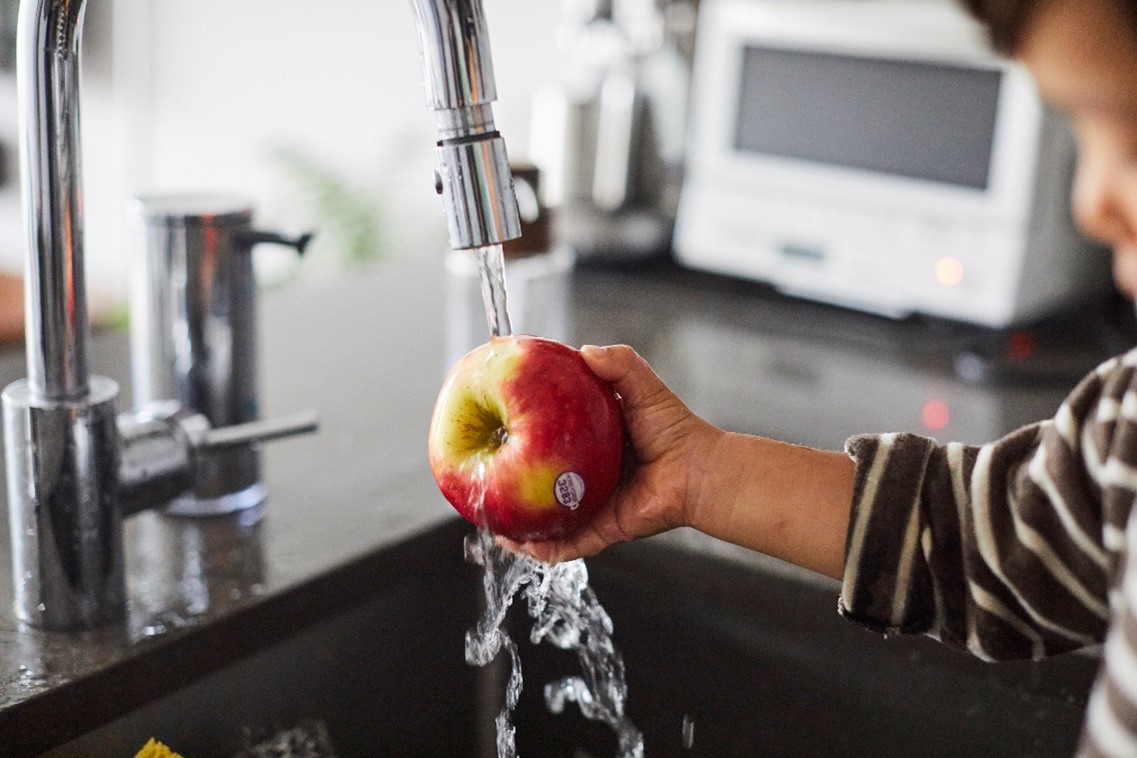The Chlorpyrifos Ban Is a Win for Science—and Children by Nicole Greenfield

NRDC advocates and our partners spent decades fighting against a highly toxic pesticide that harms kids, farmworkers, and their families. In August, the EPA finally banned it.
Back in 1989, a groundbreaking NRDC report called Intolerable Risk detailed the perils children faced just by dutifully eating their fruits and vegetables. “These staples of children's diets routinely, and lawfully, contain dangerous amounts of pesticides, which pose an increased risk of cancer, neurobehavioral damage, and other health problems,” its summary stated. “Although solutions are at hand, little is being done by the government to protect children from the intolerable risk to their health posed by pesticide residues in food.”
Thirty-two years later, after dozens of scientific studies and relentless pressure from NRDC and other public health, farmworker, and community advocacy groups, the U.S. Environmental Protection Agency (EPA) finally banned chlorpyrifos, one of the most toxic and widely used pesticides on the market.
In response to a lawsuit brought by NRDC and a coalition of labor and health groups represented by Earthjustice, the U.S. Court of Appeals for the Ninth Circuit found the Trump administration’s delays to be illegal and ruled in April that the EPA needed to follow through on the ban. After the ruling, more than 35,000 NRDC activists sent letters urging the agency to ban chlorpyrifos from our food once and for all. On August 18, the agency made it official.
“Many different partners have played many different roles on the legal and policy fronts, and NRDC has been the consistent scientific expert right up until the end,” says NRDC senior scientist Miriam Rotkin-Ellman. “It’s an NRDC victory, but it's also a victory more broadly on the science of protecting children.”